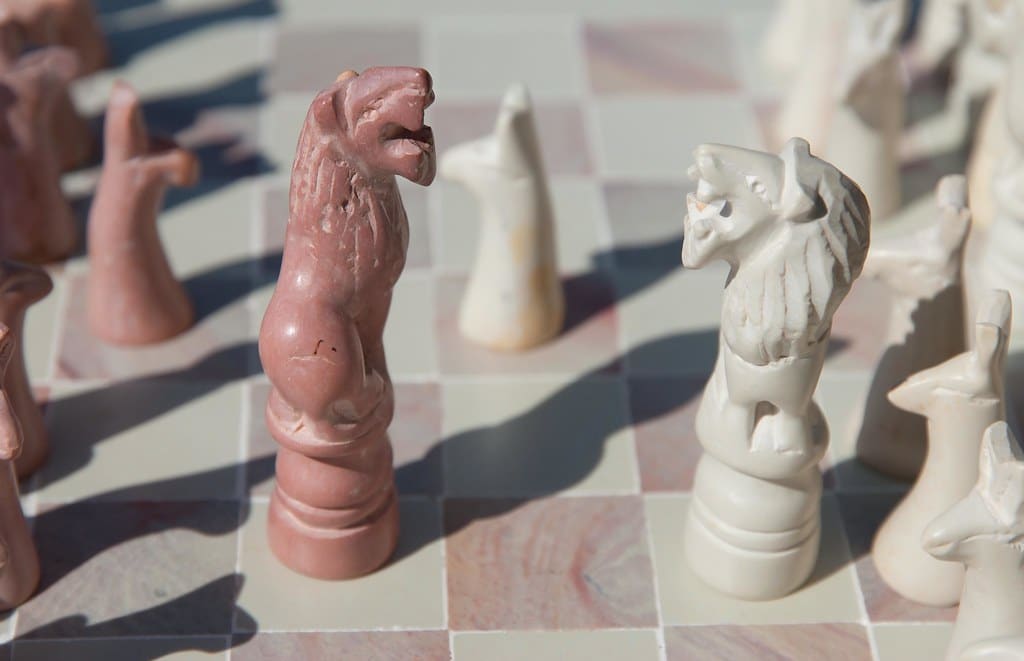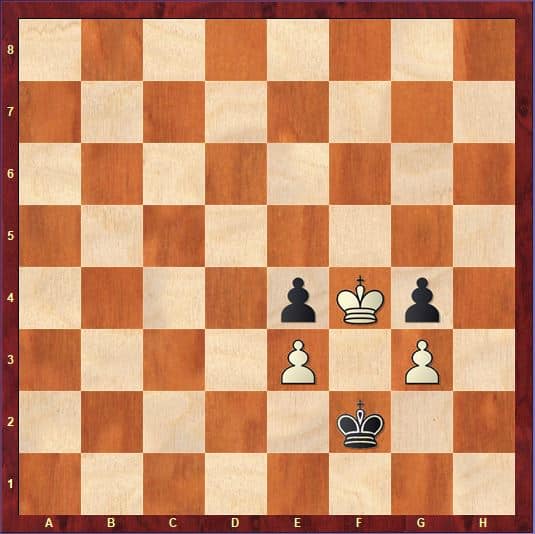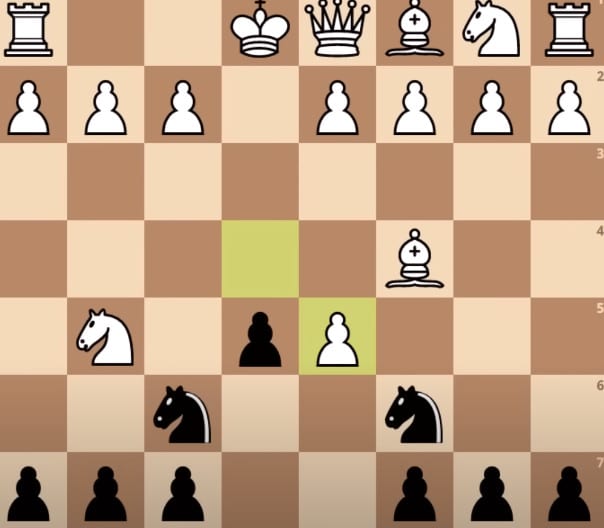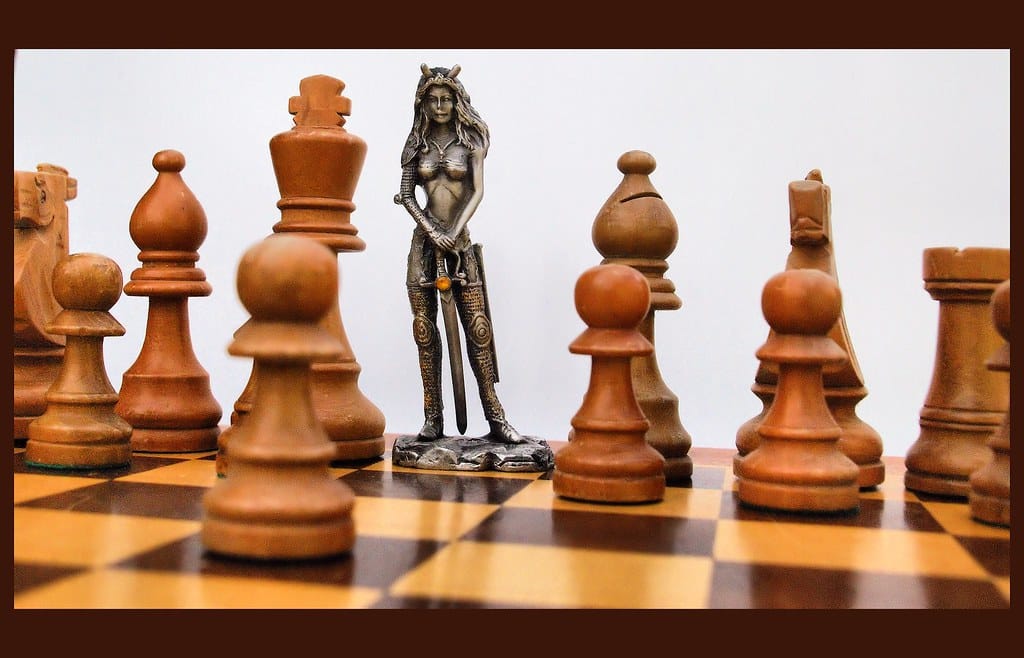Chess is one of the oldest and most popular board games in the world. It's a game of strategy and tactics, and the opening moves are crucial in setting the tone for the rest of the game. To be successful, a chess player must understand the importance of the opening moves and how they can be used to gain an advantage. In this article, we'll cover the basics of opening moves in chess and look at some of the most common strategies.
Learning the basics of opening moves in chess can be a great way to improve your game. It's important to understand how pieces move, the importance of controlling the center of the board, and the possible strategies that can be used.
Additionally, understanding the dynamics of the game allows you to anticipate your opponent's moves and plan accordingly. With a little practice, you'll be ready to take your chess game to the next level.
Table of Contents
Two categories opening moves in chess
Opening moves in chess are typically divided into two categories: aggressive and defensive. Aggressive moves focus on attacking your opponent's pieces, while defensive moves focus on protecting your own. Different players will use different strategies, depending on the type of game they are playing. Understanding the nuances of these strategies can help you make the right moves in the opening.
Opening moves in chess are the first steps a player makes to start a game of chess. The opening moves are very important as they should set the tone for the rest of the game. It is important to have a good understanding of the basic opening moves such as pawn moves, knight moves, bishop moves, rook moves, and queen moves.
A player should know how to develop pieces quickly and securely, control the center of the board, and look for counter-play. To develop pieces quickly, it is important to castle early and to bring the knights out to their powerful central squares. It is also important to control the center of the board by controlling the four central squares (d4, e4, d5, and e5).
Counter-play opening moves in chess
Finally, it is important to look for counter-play. This means looking for opportunities to attack the opponent’s pieces while defending one’s own. It is also important to look for weak squares in the opponent’s position as they can be exploited.

Opening moves in chess also depend on the type of chess opening being played. There are 1.e4 openings, 1.d4 openings, 1.c4 openings, 1.Nf3 openings, and 1.g3 openings. Each of these openings has its own special set of moves that should be memorized by the player in order to get the most out of the game.
What is best opening move in chess?
Chess is a game of strategy, and the best opening move in chess can vary depending on the style of the player. Some of the most popular moves include the King's Pawn, the Queen's Pawn, and the Bishop's Pawn. The King's Pawn is often seen as the safest move, as it provides protection for the King and Queen, as well as a good attacking position.
The Queen's Pawn is also an important move, as it provides an aggressive position for the Queen and can be used to attack the enemy's King. The Bishop's Pawn is more of a defensive move, as it provides protection for the King and Queen, as well as allowing for a more strategic approach to the game.
When deciding what the best opening move in chess is, there are a few factors to consider.
The player's skill level, the opponent's skill level, and the type of game being played should all be taken into account. Additionally, the board position and the pieces available will affect the best move. For beginners, the King's Pawn is usually a good starting point, while more experienced players may choose to use a variety of different moves.
Goals of the opening moves in chess
No matter what opening move is chosen, it is important to remember that the goal of chess is to checkmate the opponent's King. Therefore, it is important to plan ahead and think strategically about each move. Players should also be aware of their opponent's possible moves and counter them accordingly. By using the right moves and tactics, one can be successful in chess, regardless of the opening move.

What are the best 3 opening moves in chess?
Chess is a game of strategy and skill and the opening moves of a game can be crucial in deciding the outcome. The best 3 opening moves in chess are the King's Pawn opening, Queen's Pawn opening and the Sicilian Defense.
The King's Pawn opening is one of the oldest and most common openings in chess. It is used to gain control of the center of the board and to establish a strong foothold in the game. It is also used as a defensive measure to protect the King.
The Queen's Pawn opening moves in chess is a more aggressive opening move and is used to gain control of the center and to launch an attack on the opponent's King. It is often used in conjunction with the King's Pawn opening to create a strong position.
The Sicilian Defense is a defensive opening move used to counter aggressive openings by the opponent. It is used to protect the King and to control the center of the board. It is also used to set up a strong counter-attack.
These three opening moves in chess are considered the most effective in chess and can be used to gain control of the board and to launch a successful attack. They are often used in combination to create a strong position and to outmaneuver the opponent.
What are the 3 basic principles of opening in chess?
The 3 basic principles of opening in chess are control of the center, development of pieces and king safety.
Control of the center is very important as it gives you control of more squares and gives your pieces more mobility. Pieces should be developed to the most active squares and preferably towards the center. In addition, it is important to keep the king safe. It is important to castle as soon as possible so that the king is sheltered by pawns.
The development of pieces is necessary to obtain a better position. Bishops, knights and rooks should be moved to the best squares to put pressure on the opponent. You should also pay attention to the pawn structure, create a good pawn structure to gain positional advantage and open diagonals and files for your pieces.
King safety is also very important. You should castle as soon as possible and you should be aware of the opponent's threats, anticipate them and try to avoid them. The king should be placed in the center if it is safe to do so and the pieces should be placed in such a way that they protect the king from any potential threats.

What is the safest opening in chess?
Chess is a board game that has been around for centuries, and one of the most important things to know about it is the safest opening. This is the first few moves that each player makes, and it can be the difference between winning or losing.
The most important thing to remember is that the player with the white pieces should start with a King's pawn move, as this will offer the most protection.
After that, the players have a few options. One of the most tried and true is the Queen's Gambit, which allows the white pieces to control the center of the board. Other popular choices include the Sicilian Defense and the French Defense.
Whichever opening is chosen, it's important to know the basic principles behind it, such as controlling the center of the board and developing pieces quickly.
In addition to the main openings, there are a number of variations that can be employed. For example, the King's Indian Defense can be used to surprise the opponent and is great for aggressive players.
Knowing the basics of each opening is the key to success in chess, and the safest opening is the one that allows for the most development and protection of pieces.
The key to success in any game of chess is the opening moves. An effective strategy is to develop pieces quickly and establish a strong foothold in the center of the board. Furthermore, it is important to control the center of the board, in order to gain better access to the opponent's pieces.
It is also important to pay attention to the opponent's moves and to avoid moving too many pieces in the opening. Finally, it is essential to be aware of possible threats and to plan ahead in order to gain the upper hand. With careful study and practice, it is possible to develop a good opening strategy in order to win the game of chess.






